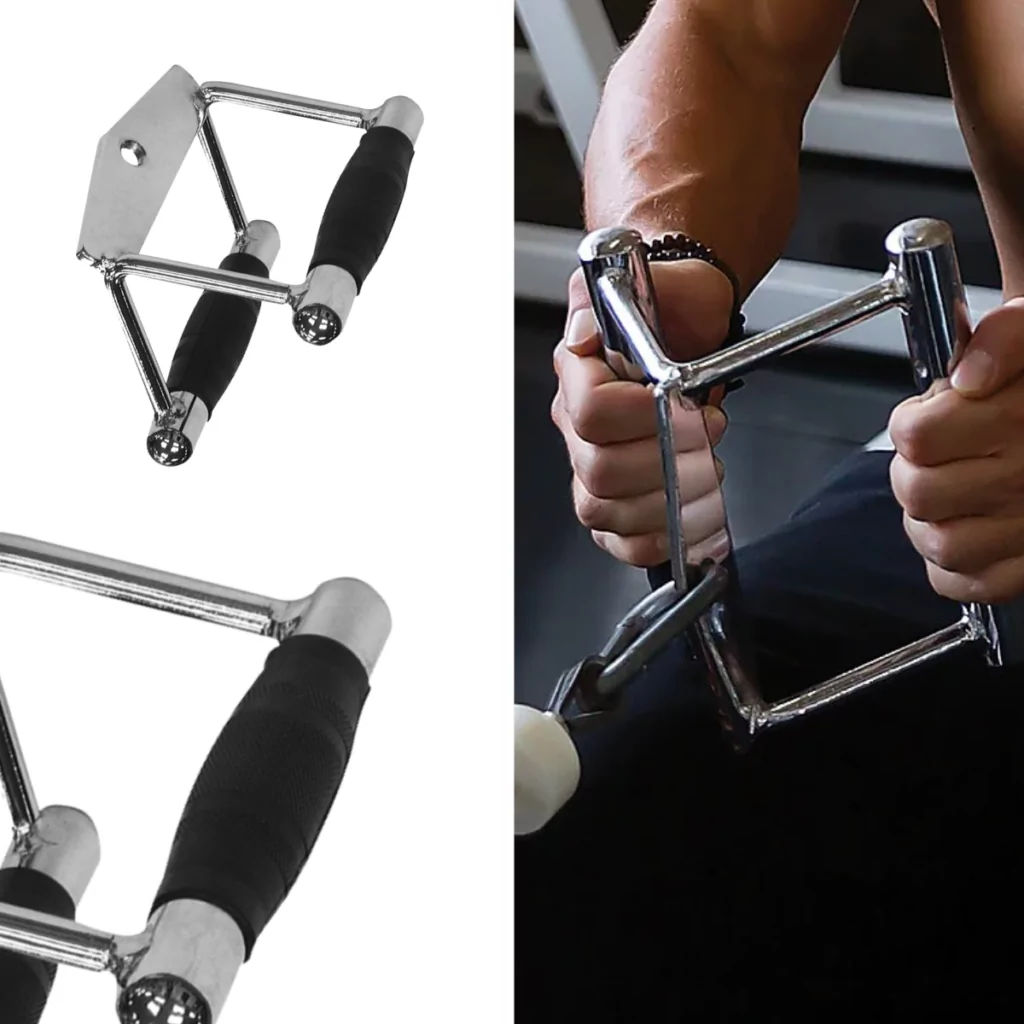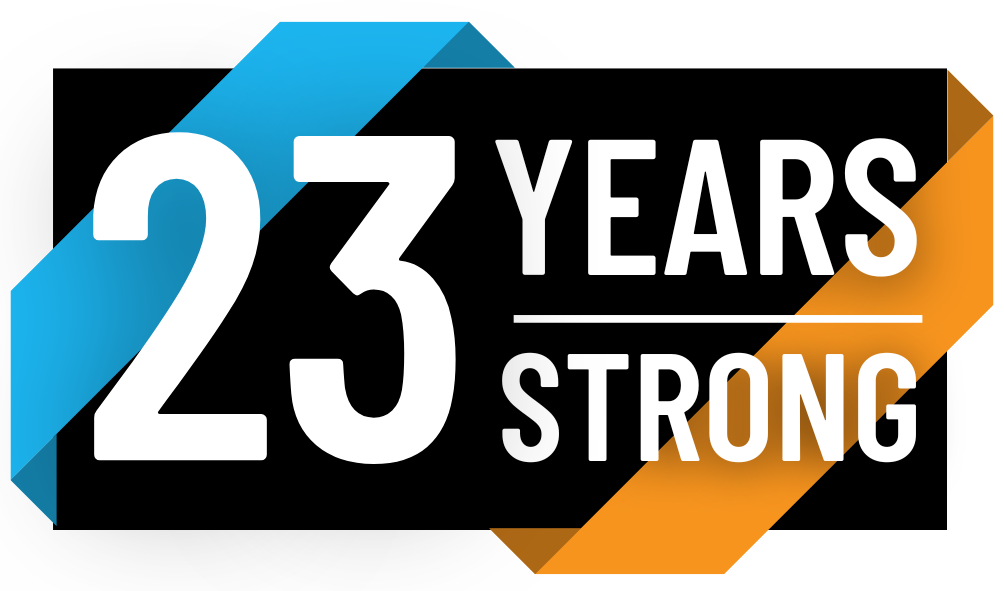
What Muscles Does a Close-Grip V Bar Work?
A close-grip V bar is a popular attachment for cable machines, especially for exercises like rows and lat pulldowns. Its unique design, featuring angled handles that converge towards the center, allows for a distinct grip compared to other attachments. This difference in grip targets various muscles in unique ways. Whether you’re a beginner or an advanced lifter, understanding the muscles worked by the close-grip V bar can help you make the most of this versatile tool.
Primary Muscles Worked by the Close-Grip V Bar
1. Latissimus Dorsi (Lats)
The close-grip V bar is an effective attachment for targeting your latissimus dorsi, which is the broad muscle that spans the width of your back. When performing lat pulldowns or seated cable rows with the close-grip V bar, the angled handles allow you to engage your lats more efficiently. The inward grip helps to isolate the lats, ensuring they bear the brunt of the load.
A close grip activates the lower portion of your lats more than a wider grip, making it a great option for achieving that coveted “V-taper” look. Strong lats not only enhance your back’s width and thickness but also contribute to better posture and stability in pulling movements.
2. Rhomboids
The rhomboid muscles, located in the middle of your upper back between your shoulder blades, are essential for shoulder stability and proper posture. Exercises such as seated rows using the close-grip V bar allow you to squeeze your shoulder blades together, which significantly activates your rhomboids.
By pulling the bar towards your torso while keeping your elbows close to your body, you give these muscles a great workout. Strong rhomboids help prevent rounded shoulders and enhance your overall back strength, making them crucial for both athletic performance and everyday tasks like lifting and carrying.
3. Trapezius (Traps)
The trapezius, or traps, extend from the base of your skull down to the middle of your back and out toward your shoulders. When using the close-grip V bar for rowing exercises, the traps, especially the lower and middle portions, play an essential role in pulling the bar towards your body.
As you retract your shoulder blades, your traps are engaged to stabilize your upper back and allow for a smooth and powerful rowing motion. Developing strong traps can improve your posture, prevent injuries, and contribute to a fuller and more defined upper back.
4. Biceps Brachii
Any pulling motion with a close-grip V bar, whether a row or a pulldown, will involve your biceps. Your biceps brachii, located at the front of your upper arm, are responsible for flexing the elbow, which is a key movement in exercises like lat pulldowns and seated rows.
The close grip forces your biceps to work harder compared to a wider grip, as your elbows remain close to your body throughout the movement. While the lats and upper back muscles are the primary movers, your biceps still contribute significantly to pulling the bar towards your torso, resulting in stronger and more defined arms over time.
5. Brachialis
While the biceps brachii often get all the attention, the brachialis, which sits underneath your biceps, also plays a crucial role in pulling movements. This muscle helps to flex your elbow and can add significant arm thickness when developed. The close-grip V bar activates the brachialis to a greater degree than other grips, as your hands are positioned close together, making the arm flexors work harder.
Incorporating the close-grip V bar into your routine can help improve your arm strength and overall pulling power, thanks to the enhanced brachialis engagement.
Secondary Muscles Worked by the Close-Grip V Bar
1. Posterior Deltoids
The posterior deltoid, or rear deltoid, is the part of your shoulder responsible for extending your arm backward. When performing rows or pulldowns with the close-grip V bar, your posterior deltoids help to pull your arms backward and stabilize your shoulder joint.
While they aren’t the primary movers in these exercises, the posterior deltoids get a good workout, which helps to round out your shoulder development and improves shoulder stability. This is especially important for preventing injuries and enhancing performance in other pressing movements like the bench press or overhead press.
2. Forearms
Your forearms play a key role in maintaining a strong grip on the close-grip V bar throughout exercises. The close grip can be more challenging to hold than a wide grip, which means your forearms have to work harder to stabilize the bar and control its movement.
By consistently using the close-grip V bar, you’ll notice improvements in your grip strength and forearm endurance. These gains will carry over into other lifts, such as deadlifts or pull-ups, and even into everyday activities where grip strength is essential.
3. Erector Spinae
The erector spinae muscles, located along your spine, help to keep your back straight and support proper posture during exercises. When performing rows with the close-grip V bar, these muscles are activated to maintain spinal alignment and prevent rounding of the lower back.
Strong erector spinae muscles are essential for overall spinal health, reducing the risk of injury, and enhancing performance in other compound movements like squats and deadlifts. Although they aren’t the primary focus of close-grip V bar exercises, they play an important role in stabilizing your body throughout the movement.
Benefits of Using the Close-Grip V Bar
1. Improved Muscle Engagement
The close-grip V bar allows for a more concentrated focus on the lower lats and upper back, ensuring maximum muscle engagement with each repetition. By keeping the elbows close to the body, you’re able to activate these muscles more effectively than with a wider grip.
2. Enhanced Grip Strength
Due to the close and angled grip of the V bar, your forearms and grip strength are constantly challenged, which can lead to improvements in other lifts, such as deadlifts, pull-ups, and even daily tasks requiring a strong grip.
3. Better Range of Motion
The V bar enables a full range of motion in exercises like rows and lat pulldowns. This full range of motion promotes optimal muscle development and joint health, ensuring that you’re not cutting your movements short and missing out on potential gains.
4. Versatility
The close-grip V bar can be used for a variety of exercises, including seated rows, lat pulldowns, and even modified tricep pushdowns. Its versatility makes it an essential attachment for anyone looking to develop their back, arms, and overall pulling strength.
Incorporating the Close-Grip V Bar Into Your Routine
If you’re looking to build a strong back, improve your posture, and enhance your arm development, the close-grip V bar should be a staple in your workout routine. Here are some exercises to consider:
- Lat Pulldowns: Focus on squeezing your lats at the bottom of the movement for maximum muscle engagement.
- Seated Rows: Keep your back straight and shoulders down to avoid unnecessary strain and maximize upper back engagement.
- Cable Pullovers: Use the V bar to focus on your lats and serratus anterior for a great stretch and contraction.
Conclusion
The close-grip V bar is an invaluable tool for targeting key muscles in the upper body, including the lats, rhomboids, traps, biceps, and more. Its unique grip enhances muscle activation and provides a versatile option for improving your pulling strength and back development. Incorporating it into your routine will help you build a stronger, more defined back, improved arm strength, and a better grip.
Whether you’re a novice or seasoned gym-goer, the close-grip V bar is a must-have for anyone serious about developing their upper body.

